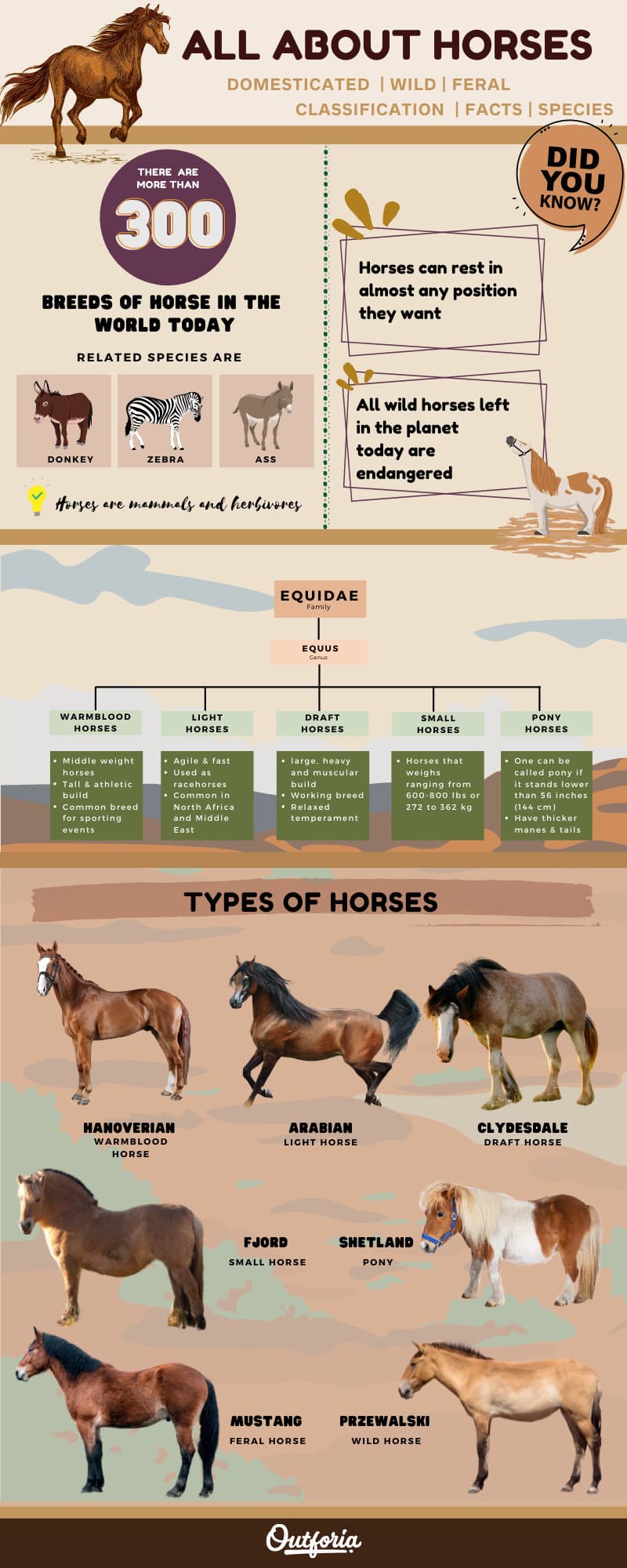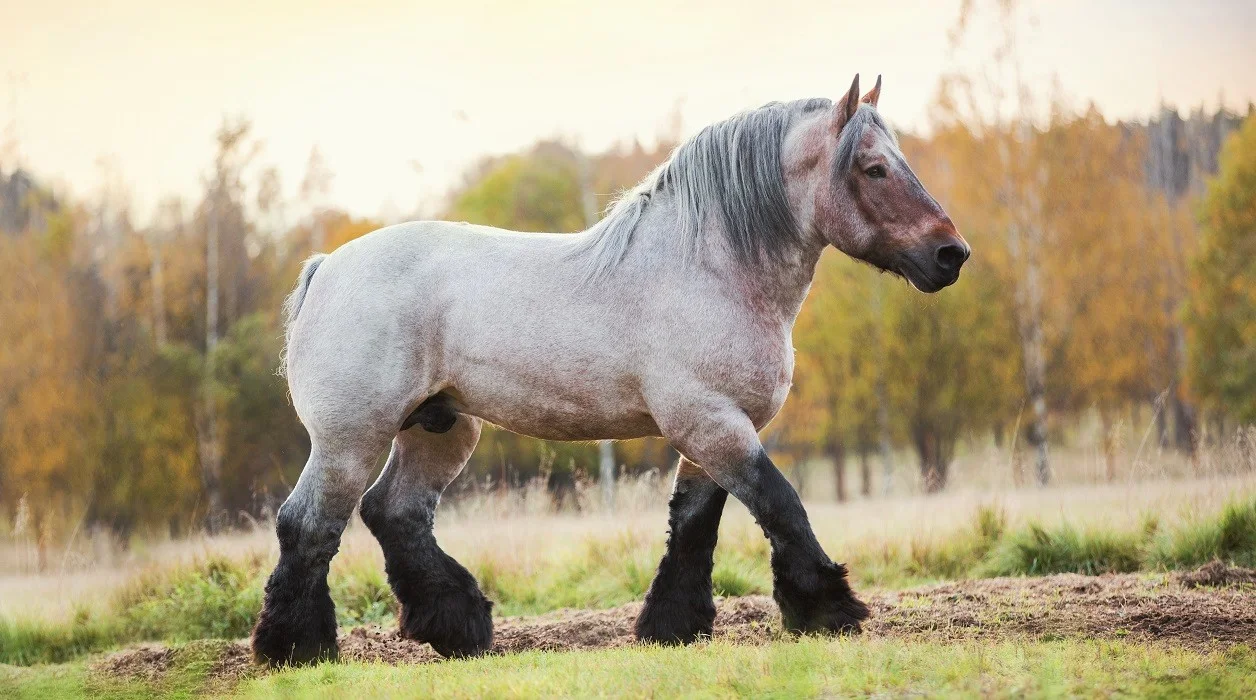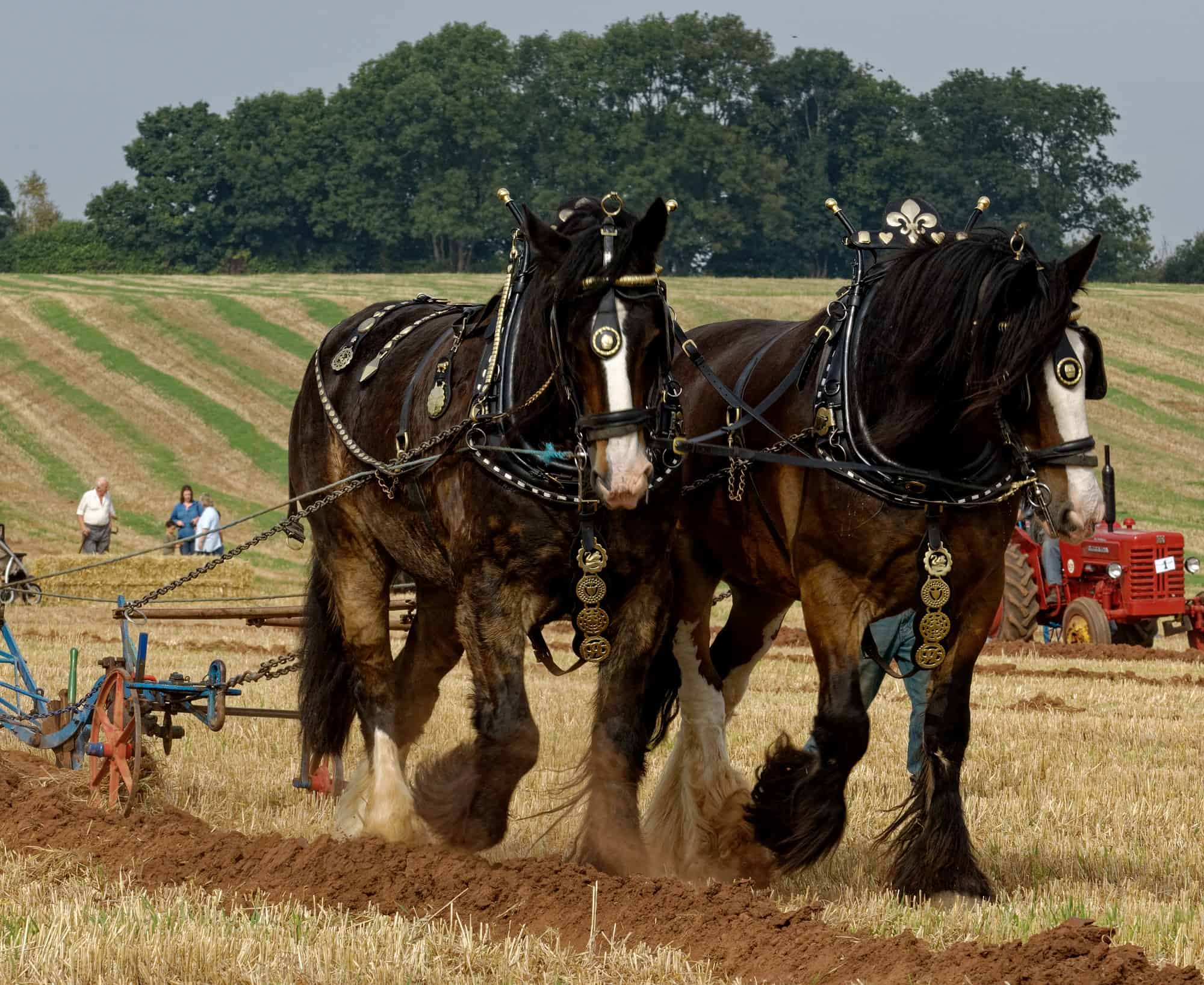Horses are majestic creatures that have captured the fascination of humans for centuries. One of the questions that often arises when discussing horses is, “How big is a horse?” The size of a horse can vary greatly depending on the breed and individual characteristics. In this article, we will explore the dimensions of a horse, including their height, weight, and overall physical proportions.
The Average Size of a Horse

When considering the size of a horse, it’s important to note that there is no one-size-fits-all answer. Horses come in various shapes and sizes, and their dimensions can be influenced by factors such as breed, genetics, and environmental conditions. However, the average height of a horse typically ranges from 14 to 18 hands, with one hand equaling four inches. This means that a horse can measure anywhere from 56 inches to 72 inches at the withers, which is the point on the horse’s neck and back where the mane meets the body. Additionally, horses can weigh anywhere from 900 to 2,200 pounds, again depending on factors such as breed and individual characteristics.
Factors Affecting Size

Several factors can influence the size of a horse. One of the most significant factors is the horse’s breed. Different horse breeds have been selectively bred for specific purposes, which has resulted in variations in size and physical attributes. For example, draft horses, such as the Clydesdale and Percheron, are known for their large size and strength, while pony breeds, like the Shetland and Welsh pony, are much smaller in stature. Additionally, environmental factors such as nutrition and exercise can also play a role in determining a horse’s size. Proper diet and regular exercise can contribute to a horse reaching its full potential size, while neglect or malnourishment can result in stunted growth.
Understanding Horse Measurements

In the equestrian world, specific terms are used to describe a horse’s size and proportions. As mentioned earlier, a horse’s height is typically measured in hands, with one hand equaling four inches. This measurement is taken from the ground to the withers and is used to categorize horses into different height classes, such as ponies, light horses, and draft horses. Additionally, a horse’s weight is often measured in pounds or kilograms and can provide insight into the animal’s overall size and condition. Understanding these measurements is essential for horse owners, trainers, and breeders, as it allows them to assess and compare the physical attributes of different horses.
Variations in Size Among Breeds

As previously mentioned, different horse breeds exhibit variations in size and physical characteristics. For example, the American Quarter Horse, known for its speed and agility, typically stands between 14 and 16 hands and weighs between 1,000 and 1,200 pounds. On the other hand, the towering Shire horse, a popular draft breed, can reach heights of 17 to 19 hands and weigh over 2,000 pounds. These variations in size are a result of the unique breeding histories and intended uses of different horse breeds. Understanding the size differences among breeds is crucial for individuals seeking to select a horse for a specific purpose, such as riding, driving, or draft work.
Size Considerations for Equestrian Activities

The size of a horse plays a significant role in determining its suitability for various equestrian activities. For instance, a taller, larger horse may be better suited for activities such as show jumping or dressage, where stride length and power are important factors. Conversely, smaller horses, such as ponies, are often well-suited for activities like children’s riding, driving, or agility competitions. Understanding how a horse’s size can impact its performance in different disciplines is essential for equestrians and trainers who are looking to match horses with suitable riders and activities.
Health Implications of Size

A horse’s size can also have implications for its overall health and well-being. Larger, heavier horses may be more prone to certain health issues, such as joint problems and obesity, while smaller horses may face challenges related to their size, such as carrying heavy loads or competing in physically demanding disciplines. It’s essential for horse owners and caretakers to consider the unique health needs of horses based on their size and to implement appropriate management practices to support their well-being. This can include tailored nutrition plans, regular veterinary check-ups, and suitable exercise regimens.
Cultural and Historical Significance

The size of horses has played a significant role in human culture and history. Throughout the ages, horses have been valued for their strength, speed, and utility in various activities, including transportation, agriculture, and warfare. In many cultures, larger horses were prized for their ability to carry heavily armored knights into battle, while smaller horses were valued for their agility and versatility in tasks such as herding and transportation. Understanding the historical significance of horse size provides valuable insights into the ways in which humans have interacted with and relied upon these remarkable animals throughout history.
If you’re curious about the size and dimensions of horses, you’ll find our articles on how tall a horse is, the size of a horse’s heart, and the dimensions of a stallion horse fascinating. Explore the world of these majestic creatures and gain insight into their physical characteristics!
Conclusion

In conclusion, the size of a horse can vary significantly based on factors such as breed, genetics, and environmental influences. From the towering draft horses to the diminutive ponies, horses come in a wide range of sizes, each with its own unique attributes and capabilities. Understanding the dimensions of a horse, including their height, weight, and physical proportions, is essential for anyone involved in the care, training, or selection of these magnificent animals. By appreciating the diverse sizes and characteristics of horses, we can gain a deeper understanding of their role in human history, culture, and equestrian pursuits.



